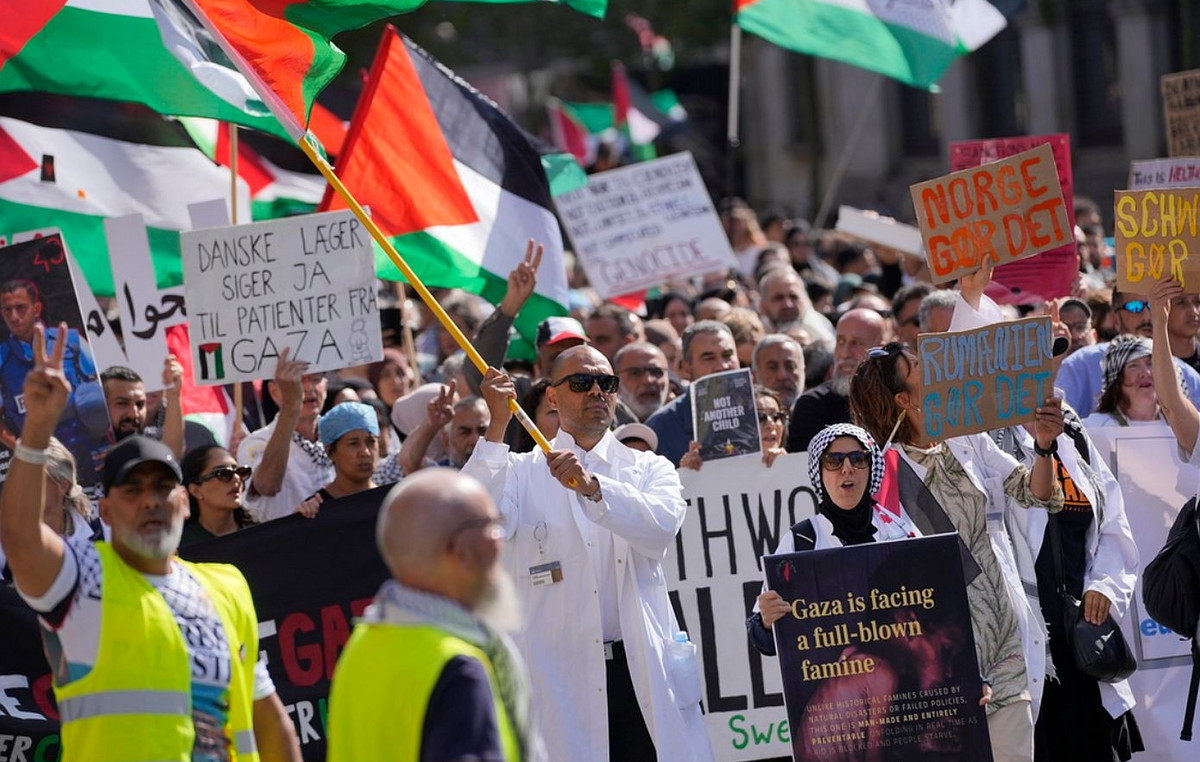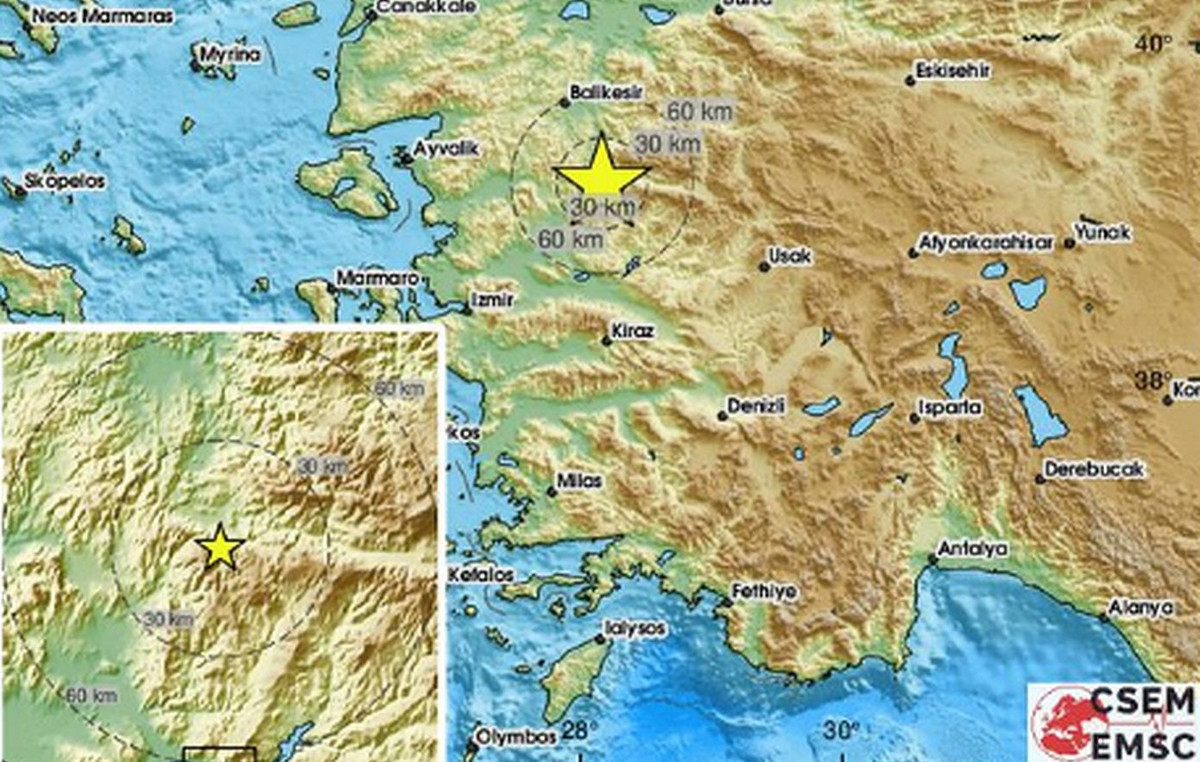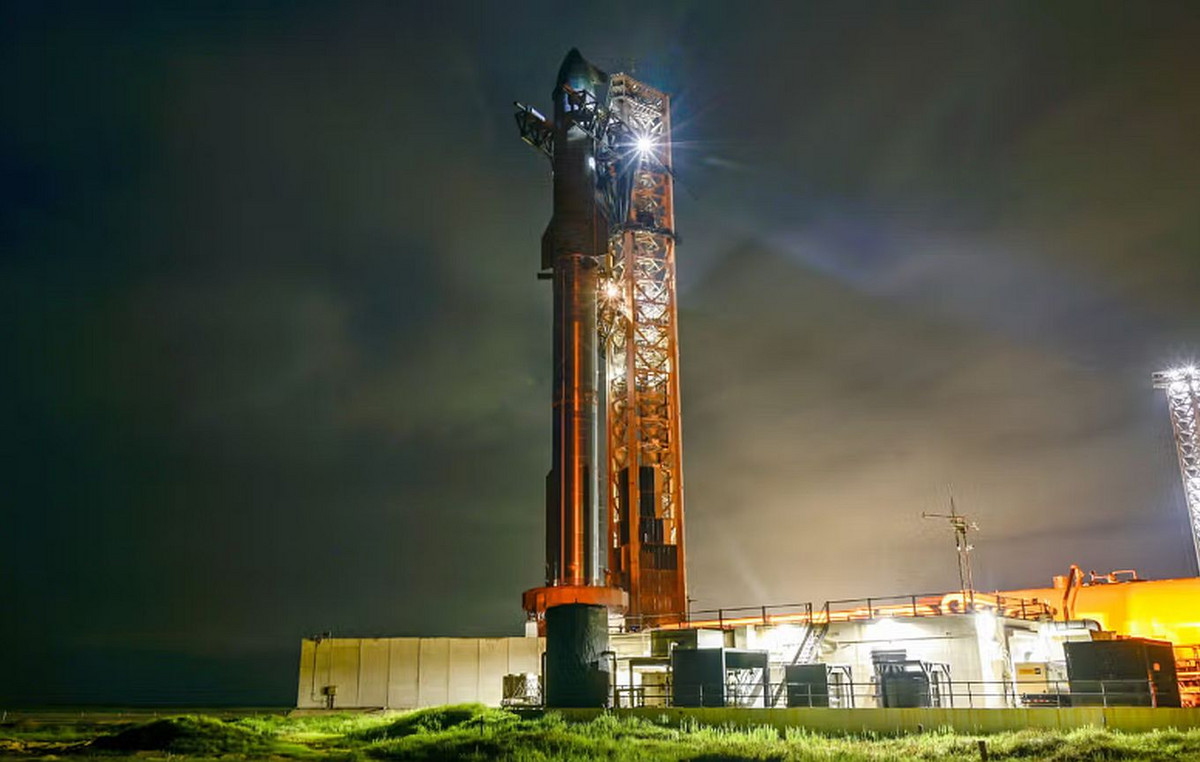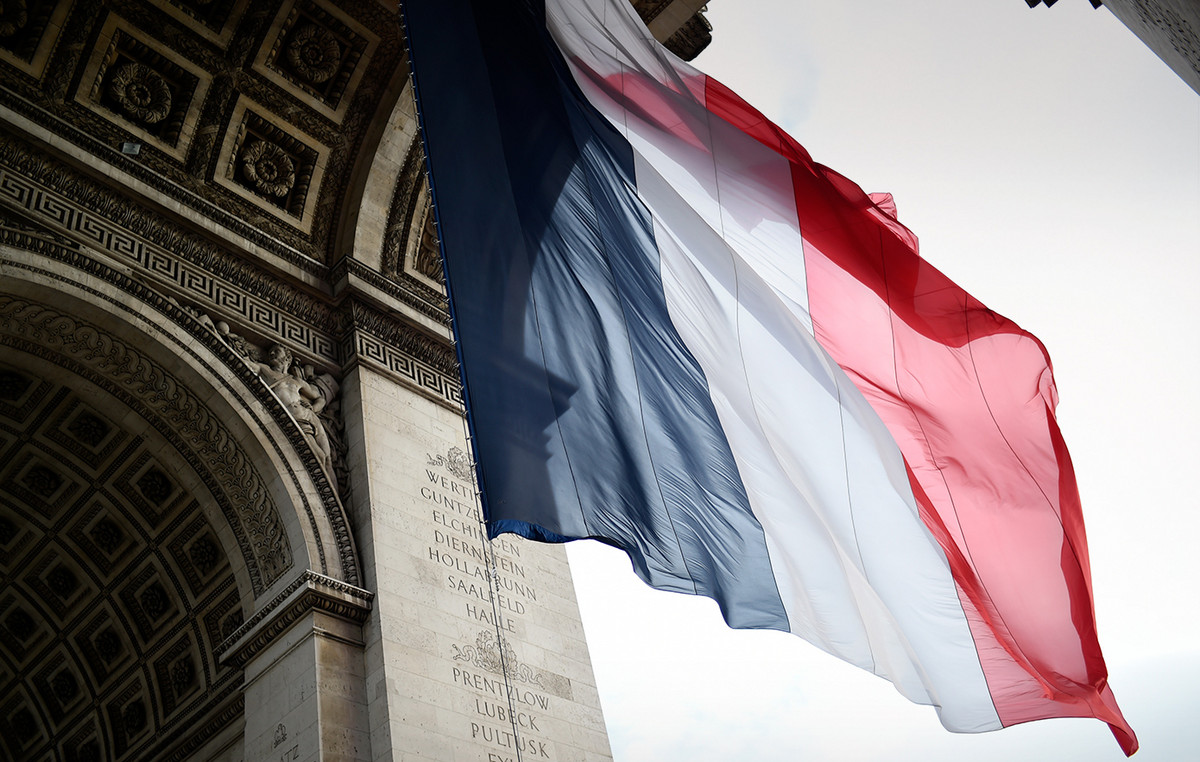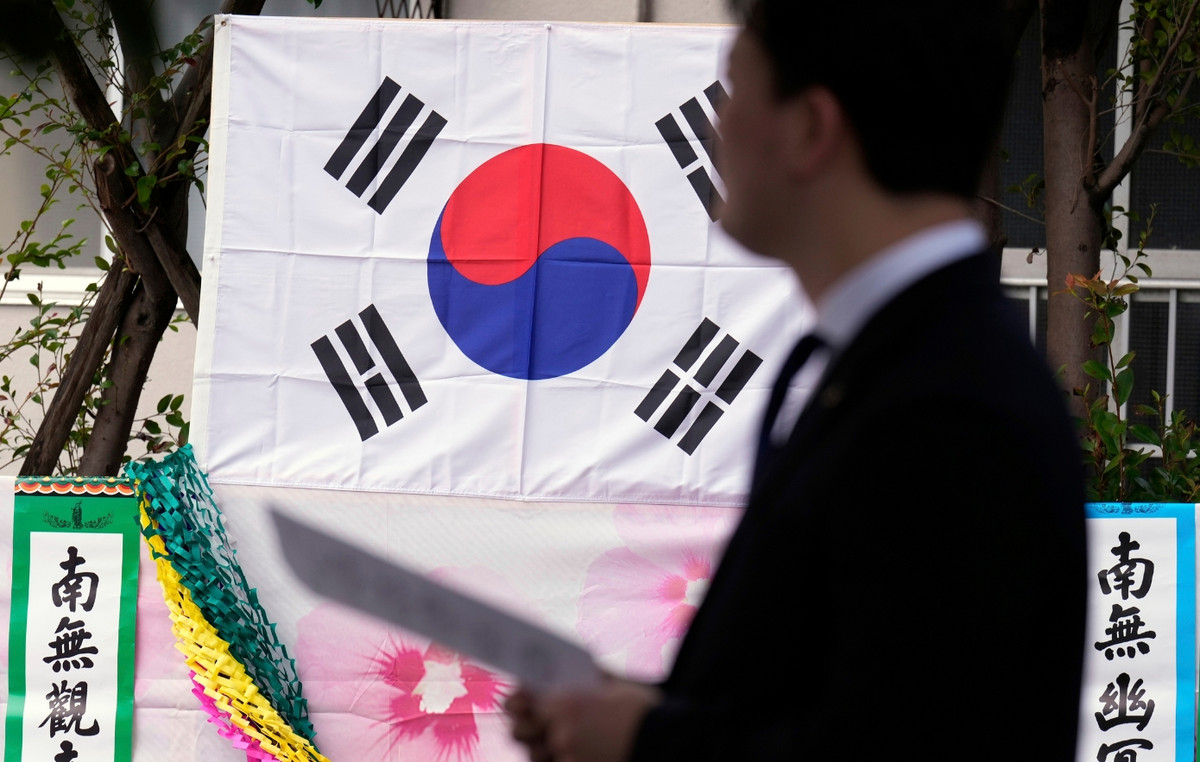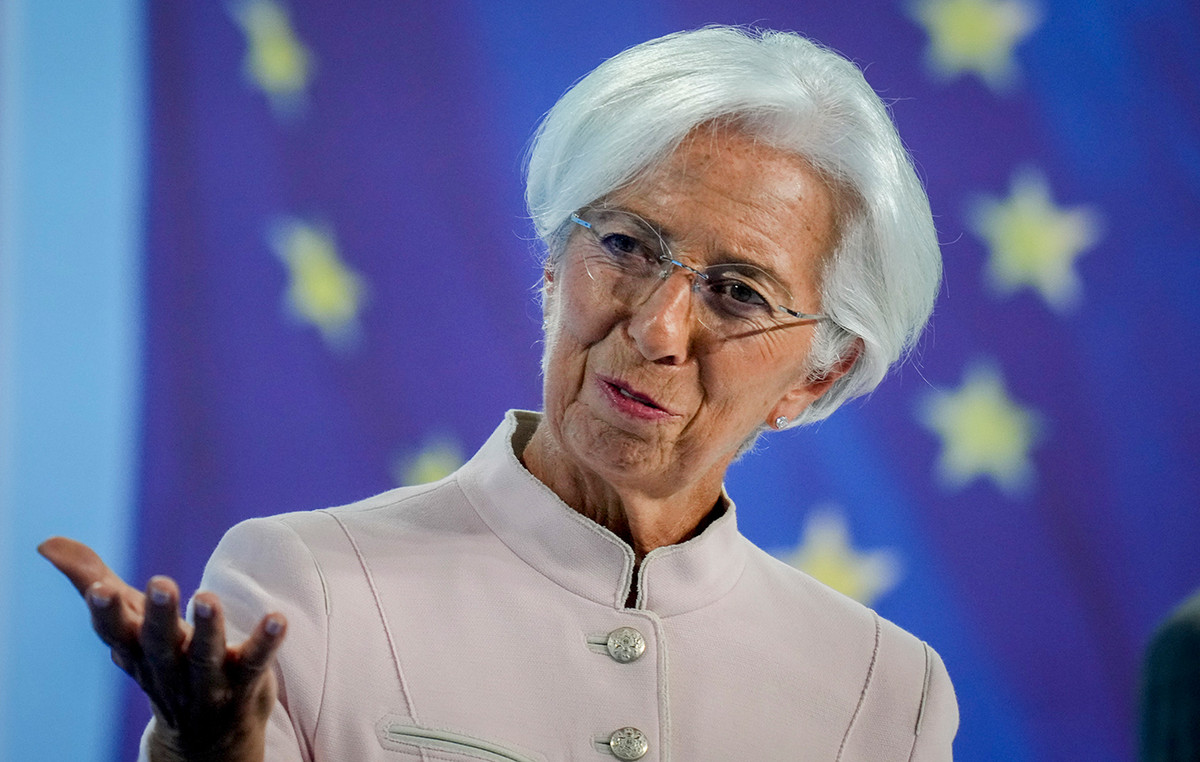It was June 12, 2016 when, around 2 am, a mass murderer entered the Pulse, LGBTQIA+ ballad in Orlandoat Floridaand killed 49 people, leaving 68 others injured.
The attack was considered, at the time, the deadliest mass shooting in modern US history and remains the deadliest act of violence against the LGBTQIA+ community in the country.
Six years later, however, the space, which bears the physical marks of the attack and the memory of the attack, has plans to be reborn with tributes to the victims.
For the future, three new projects are expected: one new memorial, a museum and a sidewalk of survivors – the latter, a journey that will be a public recognition of the private journeys of those affected by the tragedy.
Today the nightclub remains closed – since the attack took place, only the FBI could enter the space – and it should continue without receiving visitors inside. According to the administration, the enclosure is considered a sacred environment by the owner, Barbara Poma, who values respect and cares for the memory of the victims.
Outside, a temporary memorial park is open every day and is filled with posters, photos, flowers and messages in memory of the 49 victims, called “angels”. This is where the new memorial should be built: the structure of the nightclub will continue, but the surroundings will house a “safe and resting place for memories of the 49 angels”, as the project says.
The unpublished spaces, which have an educational and memory character, will be located in different parts of the same region and the plans to build them are not necessarily new, but only recently gained a more concrete dimension.
At the moment, the project follows the schematic phase, which should be followed by the development stage. It is therefore expected that the memorial, the museum and the sidewalk of the survivors will come out of the paper around 2026.
New releases in phases
In June of last year, the Congress of United States voted on a bill that made Pulse a national memorial.
Thus, the projectNational Pulse Memorial & Museum ” will be released in phases, starting with the Survivors Walk, the Survivors Walk, then the memorial, called the National Pulse Memorial, and finally the Pulse Museum.
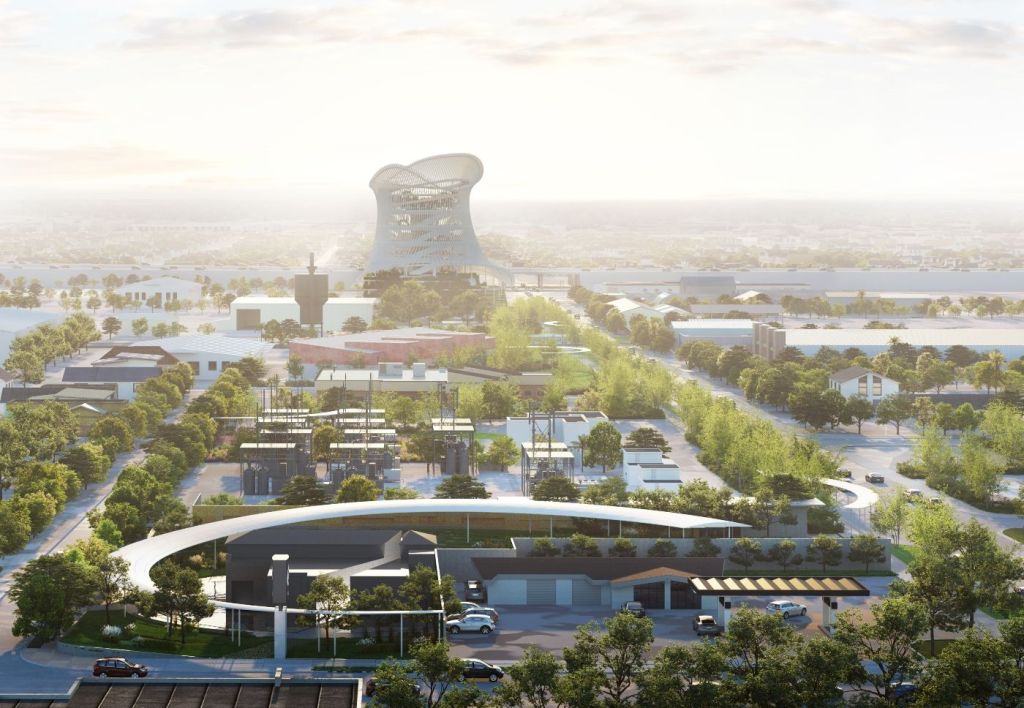
According to the project, which was also postponed due to the Covid-19 pandemic, the Survivors Walk will be a peaceful place surrounded by trees in honor of the survivors of the attack and their recovery journeys after the attack.
The path will be filled with interactive sculptures in honor of the victims and will have a route of about three blocks – traveled by the victims on the night of the tragedy to the nearest hospital, the Orlando Regional Medical Center.
The second planned launch will be the memorial, to be erected around the nightclub itself . According to plans, it will be “a place of sanctuary and commemoration; a timeless space for grief and loss.”
The drawings show that a rear section of the nightclub will be cut, creating a passageway in the middle of the building – but still without windows or views to the interior of the venue. The design of the chosen architecture studio also shows that the nightclub will be surrounded by water and will have a garden with 49 trees in memory of the 49 victims.
About 500m away will be the museum , which hopes to be a place of dialogue and education. With bold architecture, the space will have approximately 7 thousand artifacts and will offer discussion areas.
As a whole, the aim of the project is to share what happened and look to the future for ways of education against hate. According to the onePULSE Foundation a foundation created after the attack to finance the projects and help the community LGBTQIA+ these will be places where people can find hope and strength.
Ongoing since 2019, 49 scholarships are also offered by the foundation, which honor the academic and work aspirations of the 49 victims. This year marks the third time they have been distributed to “empower students who share similar dreams, ambitions and goals” – a total of US$328,000 invested in scholarships.
press today
Barbara Poma, owner of the nightclub, founder and CEO of the onePULSE Foundation, declined to sell the club land to the city of Orlando in 2016. After the foundation was created the following year, ideas for the memorial and museum began to gain momentum. body.
Currently, the The nightclub is surrounded by walls and bars filled with posters, photos, messages and gifts for the victims. – the artifacts are deposited from the first days after the attack and are handled by the victims’ families.
The temporary memorial park is open to the public every day from 7:30 am to 12 am, and a shop sells T-shirts and objects with hopeful sayings – all profits go to the foundation.
What was once a place known by the LGBTQIA+ community as joyful and lively, today carries silence in respect of the memory of the victims – only the sounds of cars and the city stand out in the surroundings.
In addition to the numerous tributes, some windows show small parts of the nightclub’s exterior, such as a wall scarred by bullet tracks and where police made a large hole to help people out the back on the night of the attack.
The place, which has a painting in black and gray tones, still has a plaque with the names of the 49 victims – one of them was hidden at the request of the family.
A serene tone takes over the room, full of emotion and hope for better days. Around here, a motto echoes in every corner, whether on the employees’ t-shirts, on the shop’s mugs or on the posters on the bars: “We won’t let hate win “.
Source: CNN Brasil

